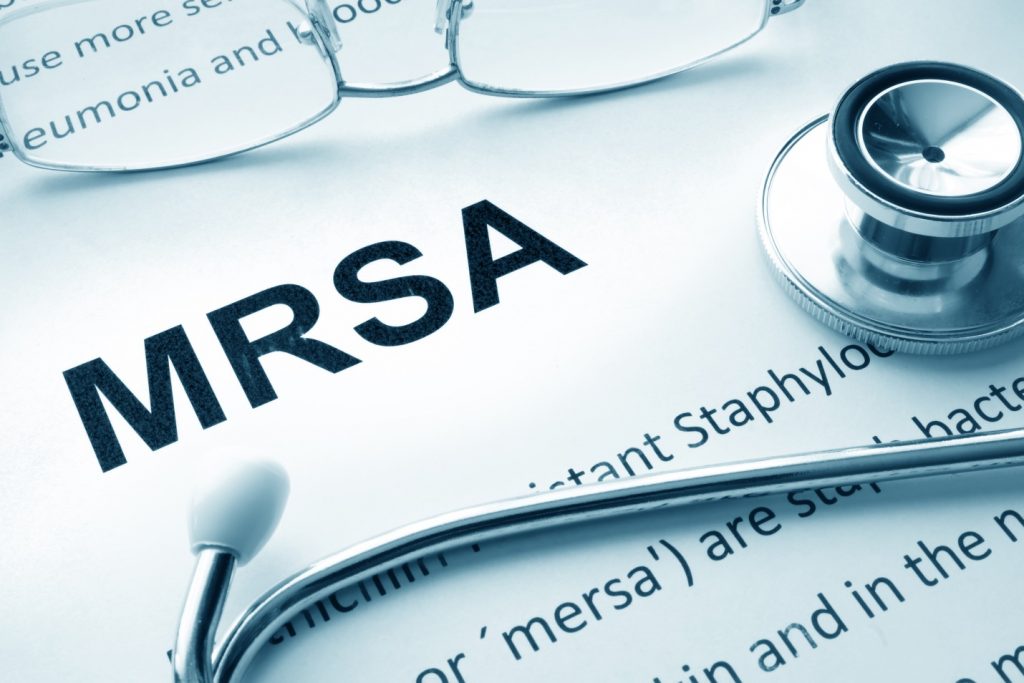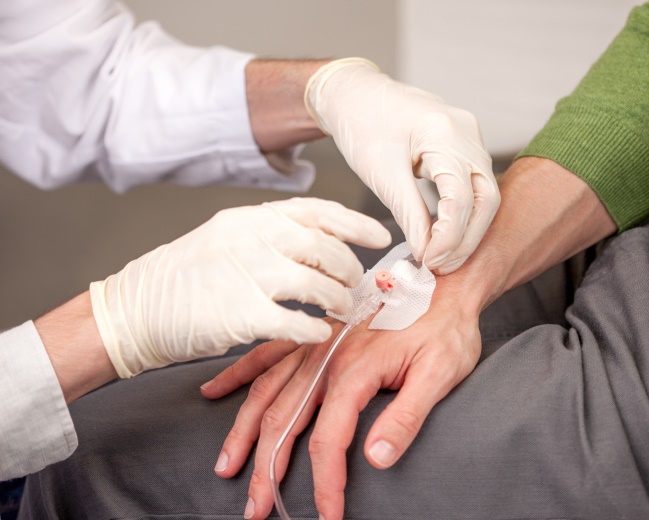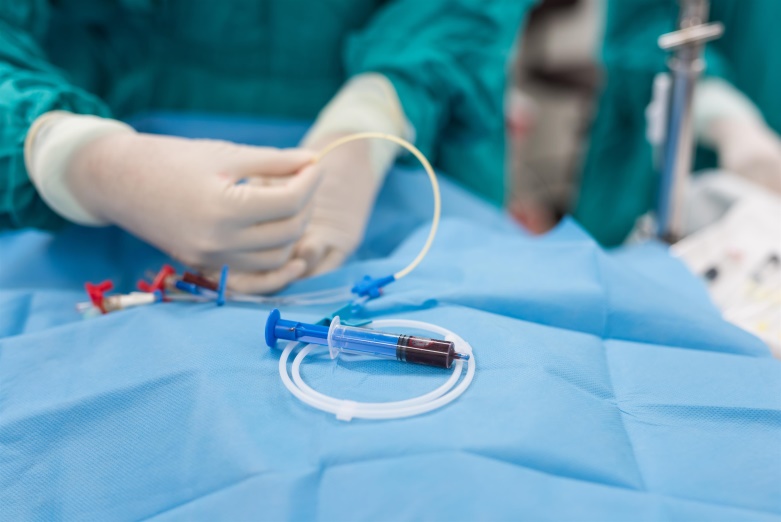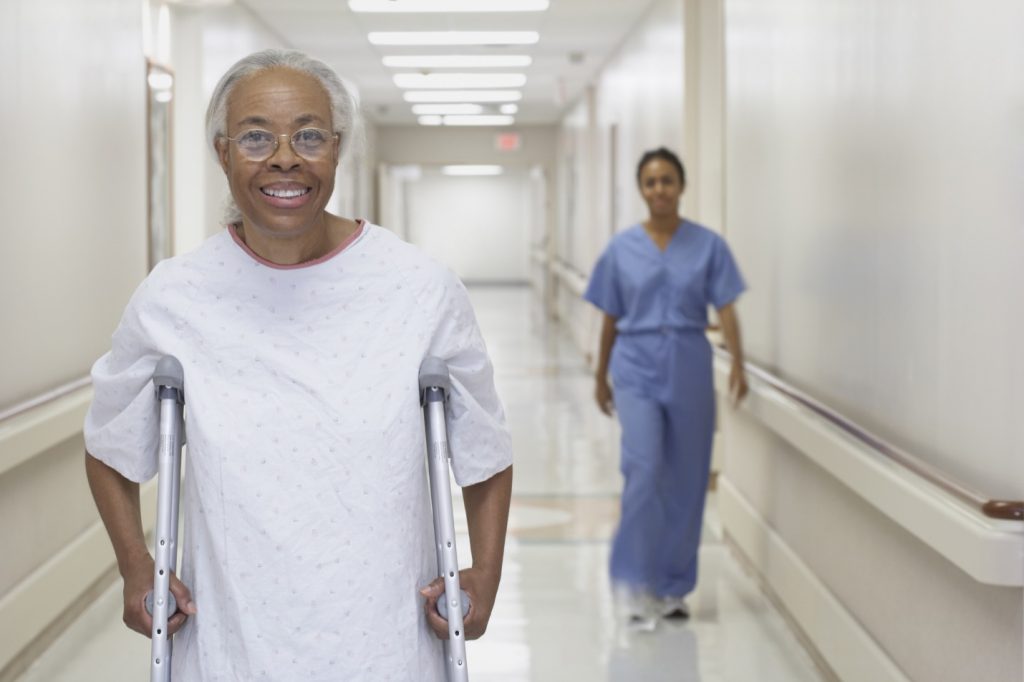MEDICAL ERRORS IN NURSING: PREVENTING PATIENT FALLS AND INFECTIONS
This is the third and final part in our series on medical errors in nursing. The first two parts covered medication and documentation errors-two common error types that can negatively impact patient care and outcomes, and pose liability risks for nurses, doctors, and other healthcare professionals.
In this final part we’ll examine infections and patient falls, taking a closer look at the causes of those errors, from human factors like fatigue and stress, to environmental factors, to inadequate information management systems. We’ll also look at the importance of education and training in preventing medical errors. Finally, we’ll consider the secondary and tertiary victims of medical errors-healthcare workers and the healthcare organization as a whole, respectively.
First, let’s take a closer look at healthcare-associated infections (HAIs) and what nurses can to do prevent them.
PATIENT INFECTIONS: A TROUBLING ONGOING PROBLEM IN HEALTHCARE
Infections can happen anywhere in the healthcare system-from hospitals to outpatient clinics, to nursing homes and hospices. The problem of HAIs is enormous. In acute care hospitals alone there were an estimated 721,800 infections in 2011, according to the Centers for Disease Control’s (CDC) HAI Prevalence Survey.1
The majority of infection types were:
- Pneumonia
- Gastrointestinal illness
- Urinary tract infections
- Primary bloodstream infections
- Surgical site infections from inpatient surgeries



ADDITIONAL CAUSES OF MEDICAL ERRORS IN NURSING
Distraction: A nurse may forget to follow protocols regarding infection control if she/he is juggling too many things or is interrupted.
Environment : Issues like lack of proper lighting and spaces that are too hot/cold can cause distractions that lead to errors.
Fatigue : A nurse who is chronically overworked can make errors out of exhaustion, which can cause memory lapses and brain fog.
Lack of knowledge/understanding : A nurse who doesn’t understand how a device or piece of equipment works can make errors that lead to infections, patient falls, and other problems.
Incomplete patient information : A lack of information about a patient, such as which medications they are taking, can lead to errors. If a nurse doesn’t know a patient has been given a medication that causes drowsiness or dizziness, for example, she may not monitor the patient appropriately, which could lead to a patient fall.
Systemic problems : Under-funded medical care, inefficiencies, doctors and other healthcare workers that are overwhelmed, lack of integrated technology-all of these systemic problems can contribute to nursing errors.
HOW INFECTIONS SPREAD
In the U.S., the primary modes of infection transmission include:
- Direct person-to-person contact
- Respiratory droplets generated when a person coughs, sneezes, or talks, or during suctioning or bronchoscopy
- Airborne spread
- Common source (i.e. contaminated food, water, medications, solutions, equipment, etc. that infects multiple people)
- Contaminated equipment/device
HOW NURSES CAN HELP PREVENT INFECTIONS
Nurses are on the frontlines of healthcare-that means diligent daily infection control practices are absolutely essential for preventing the spread of infections.
Here are basic infection prevention strategies for nurses to follow:
- Washing hands frequently and properly: The most effective way to prevent the spread of infections in healthcare facilities.
- Covering coughs and sneezes.
- Using gloves, protective masks, and clothing.
- Washing hands with soap and hot water immediately after removing gloves.
- Following facility guidelines for handling blood or biohazardous waste.
- Making tissues and hand sanitizers available and easily accessible in every room.
- Staying up-to-date with immunizations.
- Sanitizing equipment after every use.
- Reporting issues with sanitation and lack of available resources (sanitizers, gloves, etc.) immediately.
- Giving at-risk patients influenza and pneumococcal vaccines before discharge.


Special Note about Catheters : Improper sterilization of urinary catheters is a leading cause of infections in hospitals. Nurses should only use catheters when necessary. They must appropriately insert and clean catheters according to protocols, remove them in a timely manner, and avoid using catheters long term unless medically necessary. Nurses who aren’t being provided with the proper resources to prevent the spread of infection should report it immediately.
PREVENTING PATIENT FALLS
Falls are a serious risk for vulnerable patients. Patient falls that result in a serious injury are among the top 10 sentinel events reported to the Joint Commission’s Sentinel Event Database every year.2
Hundreds of thousands of patients fall every year in hospitals, and 30 to 50% of these falls result in an injury. In a study cited by the Joint Commission, a fall-related injury added 6.3 days to a patient’s hospital stay. The average cost for a fall was $14,000.
It’s clear that patient falls are far too common. It’s not just the elderly who are at risk. Medical conditions, disabilities, medications, surgery procedures, and diagnostic tests can leave a patient of any age and physical ability weakened, confused, and disoriented, putting them at greater risk of a fall.
Nurses can and should take all of the following measures to protect their patients from falls:
- Encourage patients to ask for help when they need to get out of bed.
- Ensure any and all obstacles are removed that might prevent the patient from getting to the restroom.
- Assess the patient’s gait when he/she is out of bed, and always offer assistance.
- Stay aware of any medications a patient is taking that causes drowsiness, dizziness, or impaired judgment.
- Ensure that a patient’s walker/cane/crutches are always placed within easy reach of their bed.
- Counsel patients who are connected to equipment in which they can become easily entangled, and encourage them to ask for help getting out of bed.
- Perform hourly rounds, a proven way to reduce falls in the hospital. During rounds nurses can help patients with basic needs, such as toileting, fetching or moving objects, offering food, and addressing any pain the patient is experiencing that might compel them to get up.
- Utilize bed alarms to help the nurse respond to patients immediately should they get up, especially for vulnerable patients, such as those with Alzheimer’s or dementia.
- Ensure patients wear non-slip socks.
- Make sure nurse managers are monitoring to ensure there are safe nurse-patient ratios at all times. If ratios are unsafe, alert nurse manager immediately.
- Verify activity orders regularly, which can change frequently as a result in differences in a patient’s condition or post-medical/surgical interventions.

SECONDARY AND TERTIARY VICTIMS OF MEDICAL ERRORS
The first victim of a medical error is the victim and their family. Healthcare providers are the secondary victims, and the organization-whether it’s a small outpatient clinic, a large hospital, or a nursing home-is the tertiary victim.
Everyone suffers from medical errors. The healthcare provider’s reputation and job could be at stake-especially in cases where a patient is severely injured, disabled, or dies as a result of the error. A caregiver involved in a serious medical error may suffer prolonged psychological or physiological problems as a result, including anxiety, depression, shame, self-doubt, sleep disturbances, and post-traumatic stress disorder, in addition to legal actions against them, termination, and/or revocation of their licenses.


The organization suffers from medical errors in terms of lost trust by the public in the facility and possible legal actions against it.
The potentially enormous consequences of medical errors highlight the need for organization, communication, support for healthcare workers, and adequate funding of healthcare facilities.
Nurse educators can play a role in the prevention of medical errors by ensuring nurses receive continuing education about medical errors, and steps to prevent them through live courses, healthcare education videos, and other mediums. When nurses have all the resources they need at their disposal, they can focus on what matters: delivering quality patient care.
Sources:
